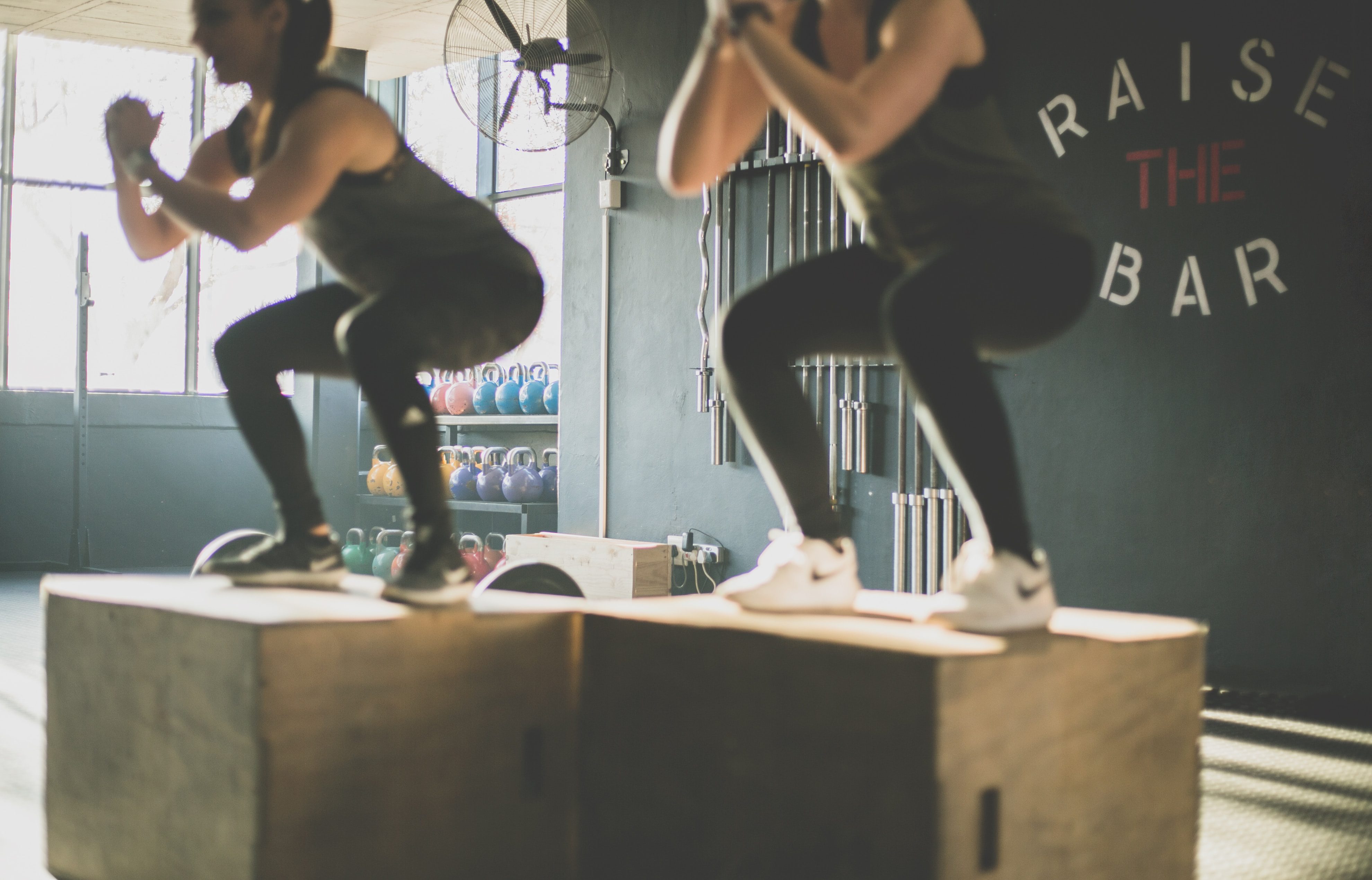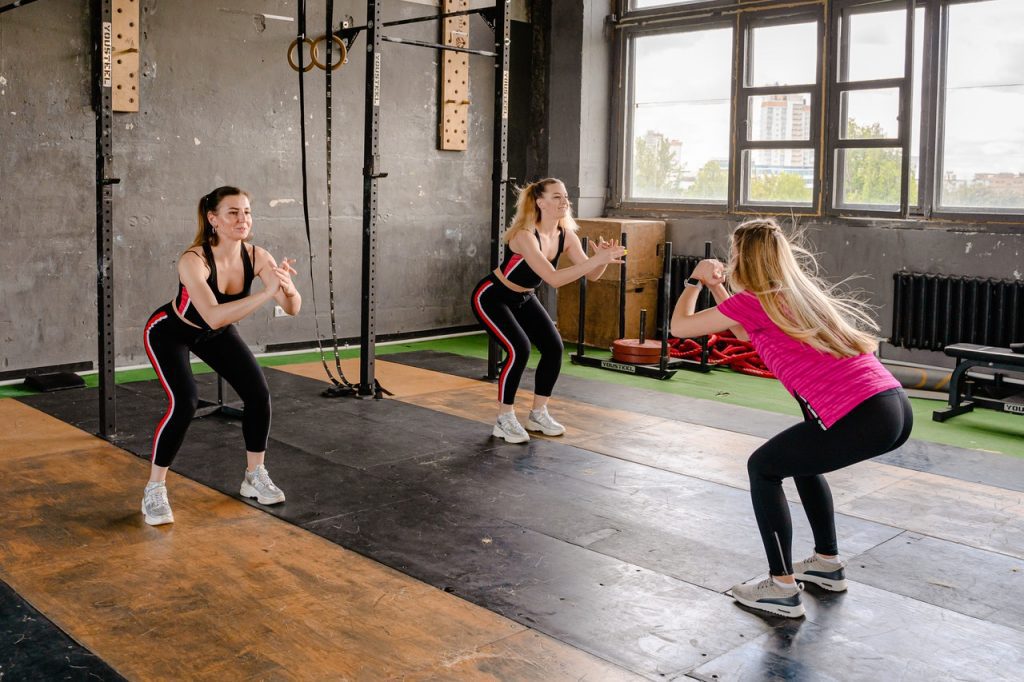
The best online fitness resource you'll ever need. We filter out the BS to ensure you meet your health and fitness goals!

The best online fitness resource you'll ever need. We filter out the BS to ensure you meet your health and fitness goals!

Squats are just about the best exercises going. They should form a core part of any resistance training regime and a foundation to most leg days. There are few exercises that recruit as much muscle fibre or elicit as much overload and adaptation, and few that have such practical carryover into everyday life and athleticism.
Bodyweight squats are a simple, baseline movement that every athlete should seek to master. It simply involves your standard squatting practice – feet just outside shoulder width, break at the knees, send your hips back, and squat down to the ground. However, you are doing it without any resistance above and beyond what your own bodyweight naturally provides.
Bodyweight, or ‘air’, squats are often underrated and overlooked. Why perform an air squat when you can throw a barbell across your back and squat 200kg? Why perform rep after rep of bodyweight squats when you can burn your muscles out faster and bring your heart-rate up just as high with mid-range reps?
Well, there are a few reasons. They extend past the current situation many of us have found ourselves in (if you’re anything like me, your access to the gym or any kind of squat rack has been severely curtailed by the Covid-19 pandemic, and ‘prisoner’ workouts have become the new norm!)
First off, they are great for beginners. They help to teach correct form and technique, accustoming your body to squatting mechanics under a safe, accessible load (namely, just your own bodyweight). This is a bit of a sop, however. Bodyweight squats are fundamental – this doesn’t make them basic, nor does it mean they are simply for beginners.

Bodyweight squats are a great conditioning workout. Don’t believe me? Try incorporating them into a circuit or HIIT routine. Trust me, you can wreck your lungs and elicit hypertrophy through your legs simply with your own bodyweight. They build core strength and stability, build your lower body and burn plenty of calories in a relatively low-risk way. They are perfect for a lot of athletic carryover – if you play football or basketball, performing hundreds of bodyweight squats will far more closely mimic the demands of any game than five by five ever will.
Even heavy lifters will benefit from bodyweight squats. Training volume, work capacity and conditioning are key factors in building strength – it isn’t all about one rep maxes. Incorporate lighter leg work, like the bodyweight squat, to further condition your body and increase your work capacity.
They are also super convenient, as many of us are finding at the moment. If you have scant access to a gym or travel a lot for work, you can get a long way with bodyweight squats and variations thereof. Ask any in-shape prisoner – they will tell you that they use bodyweight squats as a cornerstone of their training.
We are looking at basic squatting technique here. There is nothing fancy about the bodyweight squat. To perform one, simply:
There are a few things to bear in mind with the bodyweight squat. Actually, there are lots of things. It is always best to either film yourself or watch yourself in the mirror to make sure you’re getting it right, and you should always feel free to ask a more experienced lifter or a PT to critique your form. This is such a basic movement, with so much riding on it, and so much leading on from it, that you want to get it as close to perfect as possible.
However, there are a couple of common mistakes that are easy to avoid when you know what to watch out for.
Lumbar flexion is a big deal. You don’t want to flex your spine excessively during a squat, as this will shift a lot of the stress from the muscles to the spine. Try to keep your abs braced throughout, especially as you reverse the motion at the bottom of the squat. In addition, keep your chin in a neutral position, rather than trying to look upwards, whilst keeping your shoulder blades pulling together and slightly downwards.

Knee valgus often crops up, as well. This is when your knees collapse in towards one another on the way up out of a squat. This both undermines your body’s structural stability and places unwanted sheering force into the sides of your kneecaps. It also switches your glutes off a fair amount, putting all the pressure in the quads.
Push your knees outwards throughout the movement, both on the way down and the way up. Keep your glutes tight when you can, and actively squeeze them towards the top of the movement.
Finally, don’t treat bodyweight squats like a soft option. They aren’t! Give them the same focus, respect and attention to form as you would any loaded exercise. This way, you’ll get the most out of your leg training whilst keeping yourself safe, stable and learning good habits.